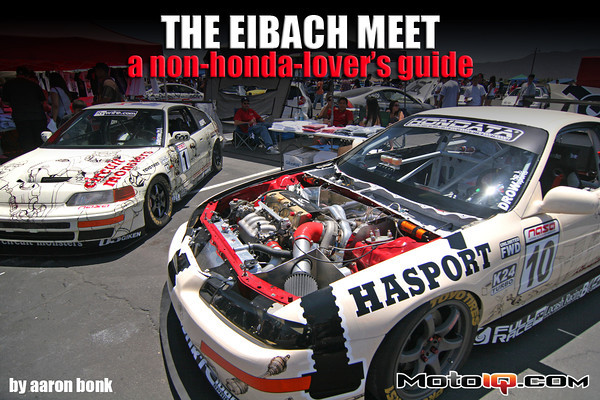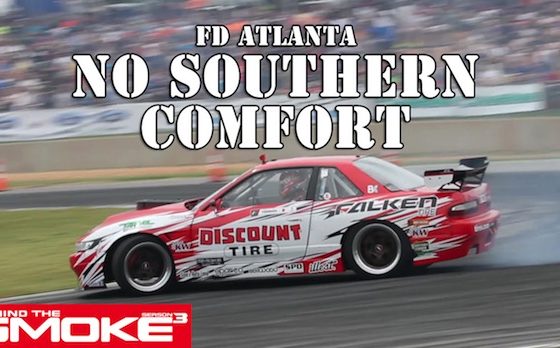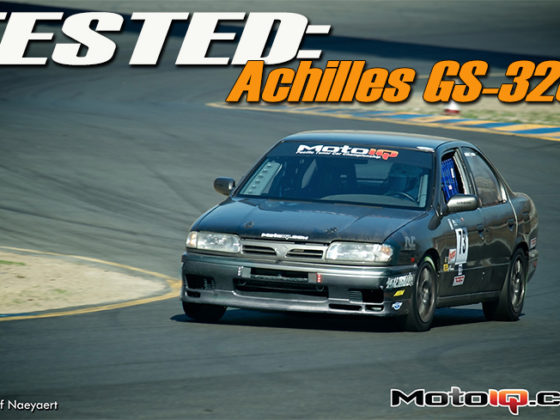,
 |
| A crowd gathers around a trio of Jerry Built Civics and Integras. |
 |
| Tuning shop owner and drag racer, Jerry Guzman's had his hand in some of the most powerful turbocharged street Hondas to date. |
 |
| Also courtesy of Jerry Built, a naturally aspirated K-series with individual throttle bodies. Jerry Built cars are known for their no-nonsense approach to making as much power as possible. |
 |
| In terms of turbocharging, B-series engines remain far more popular than the K-series, yielding as much as 1,350 hp from cars like SpeedFactory Racing's eight-second Civic (not shown here). |
 |
| Perhaps the biggest shortcoming of the third-generation Prelude is its engine. Although a B-series by name, the Prelude's B20A shares virtually nothing in common with later B-series engines like the B16A, B18C or CR-V's B20B. This fourth-generation Prelude H22A engine looks right at home in the 1988-1991 Prelude's engine bay, though. |
 |
| A tidy and well-kept engine bay, but the factory-style airbox paired with the aftermarket tubular header is a theme that's unfortunately all-too common among Honda fans: sacrificing performance for looks. |
 |
| On paper, Honda's DOHC H22A engine makes a whole lot of sense, but even 20 years later, the engine's never been fully accepted. It's gearbox is partly to blame. Adapter systems have since been developed that allow B-series Civic and Integra transmissions to bolt onto H-series engine blocks, like shown here. The configuration tips the engine forward, as is evident by the height of the intake manifold plenum. |
 |
| What's considered to be a fairly basic Honda turbo system like this is capable of upwards of 400 whp on 91 octane and much higher with the appropriate fuel. Fifteen years ago, such a setup would've been entirely custom. Today, intake and exhausts manifolds as well as intercooler piping kits can be easily sourced. |



